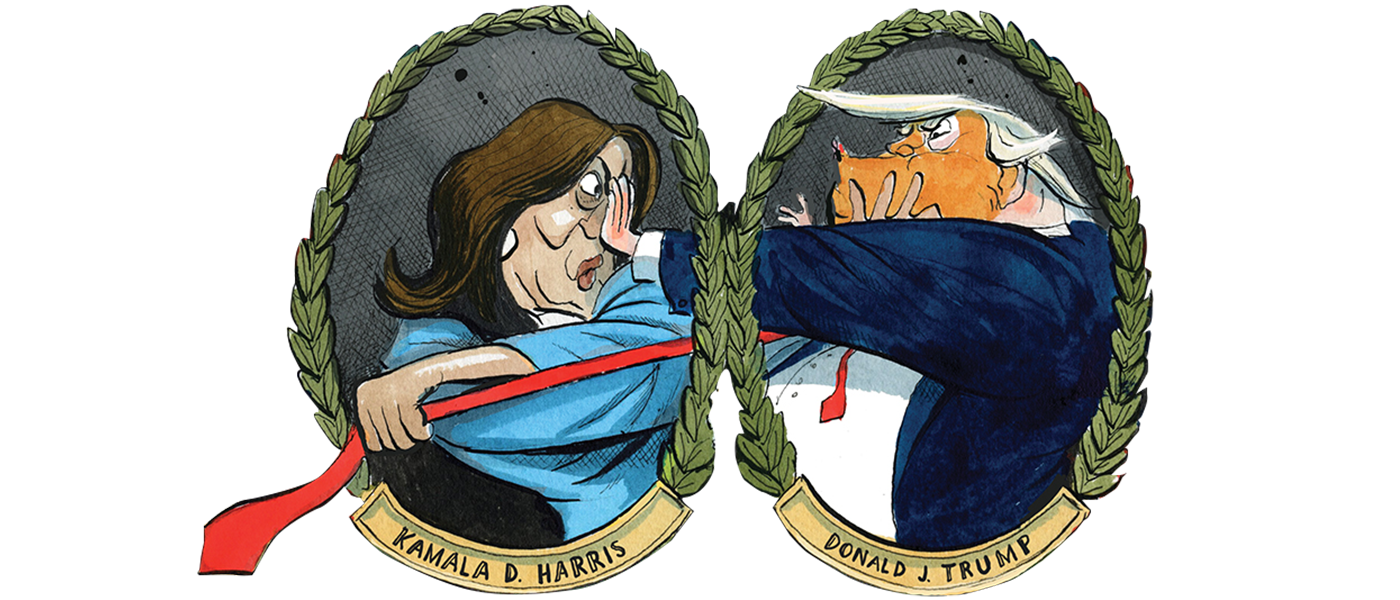Let Them Eat Carbon
After a Spectator debate on climate change in March, Fraser Nelson wrote about whether or not we should try to engage in the debate ourselves or “trust the expert”. Simon Singh had argued in the debate that the most credible experts supported the view that the human contribution to potential global warming was real and serious. The response to my new book Let Them Eat Carbon shows how much that kind of debate is turned on its head when it comes to policy. The science is much less important than people make out. No argument about historical bristlecone pines is going to settle whether or not we should pay handsome subsidies to







